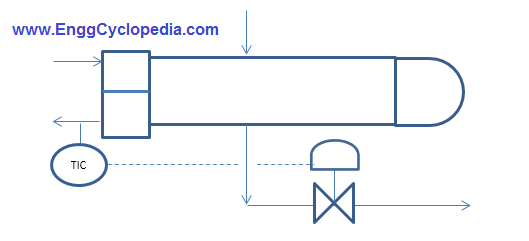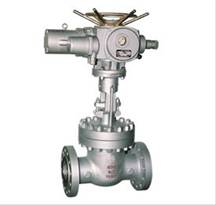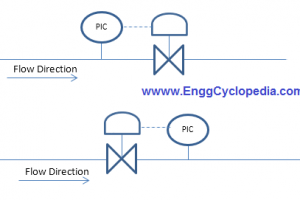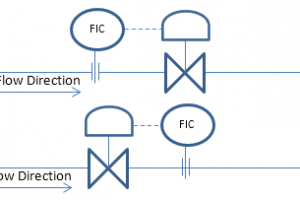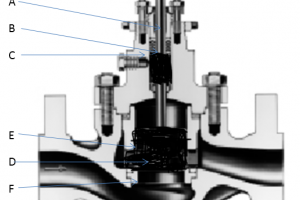Along with pressure, flow and level, temperature of different process fluids is also an important parameter to be monitored and maintained within a desired range. Temperature control valves are used widely for this purpose.
Depending on the heating and cooling requirement, temperature is measured and it send signal to controller. Controller compares the reading and gives inputs to throttle (open or close) the control valve. Typical process scheme of temperatures is shown below.
Table of content:
1. What is a temperature control valve?
2. How do temperature control valves work?
What is a temperature control valve?
To regulate the temperature of fluid in a system effectively temperature control valves are used. The specific set point temperature is set. This set point temperature is maintained by adjusting the flow of heating or cooling medium with respect to change in temperature.
The temperature control valves work based on the of feedback control loop arrangement. A temperature sensor is located within the system and it monitors the fluid temperature. Based on the measured temperature this temperature sensor sends feedback to the valve. According to the feedback received from the temperature sensor, the valve actuator adjusts the valve and regulates the flow of heating or cooling medium.
If the temperature increases, valve actuator closes the valve and cuts the heat supply to decrease the temperature and bring it to setpoint. If the temperature increases, valve actuator opens the valve and flow of heating medium is increased to maintain the desired set point temperature. Thus the valve actuator responds according to the change in temperature to maintain the desired setpoint temperature in the system.
Generally temperature control valve are found in utility side of heat exchanger, process side bypass line of heat exchanger, etc.
How do temperature control valves work?
The working mechanism of the temperature control valve is illustrated here.
- Initially, temperature sensor measures the fluid temperature and sends a signal to the control valve mechanism.
- The controller in control valve compares the actual temperature with desired setpoint temperature.
- If the measured temperature deviates from the setpoint temperature, then the signal is sent to the actuator to adjust the valve position accordingly.
- The actuator will open or close the valve based on the requirement of the system to maintain the desired temperature. Actuator will open the valve if temperature needs to be increased and will close the valve if the temperature needs to be decreased.
